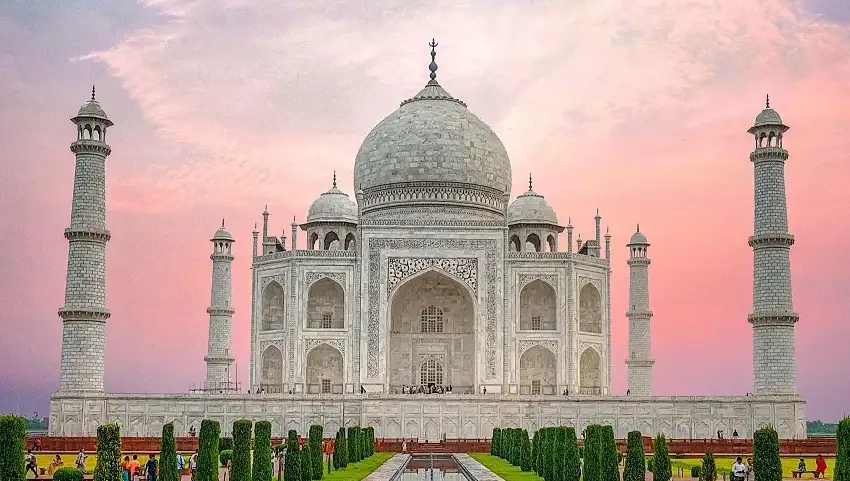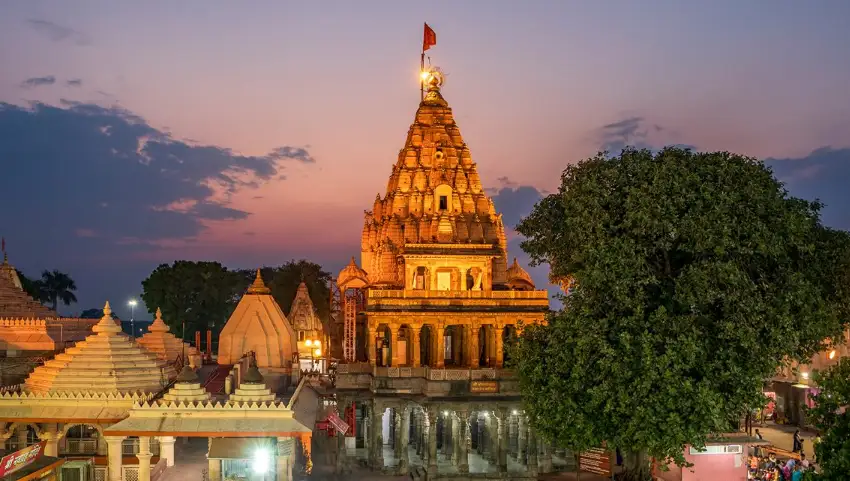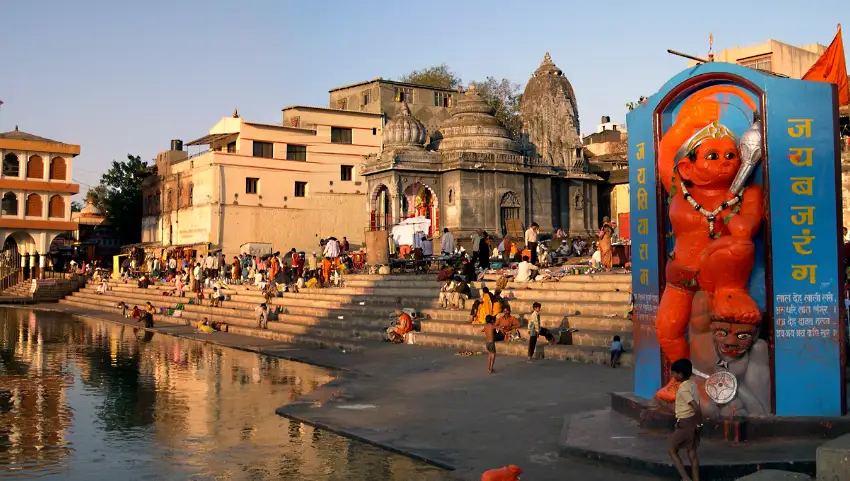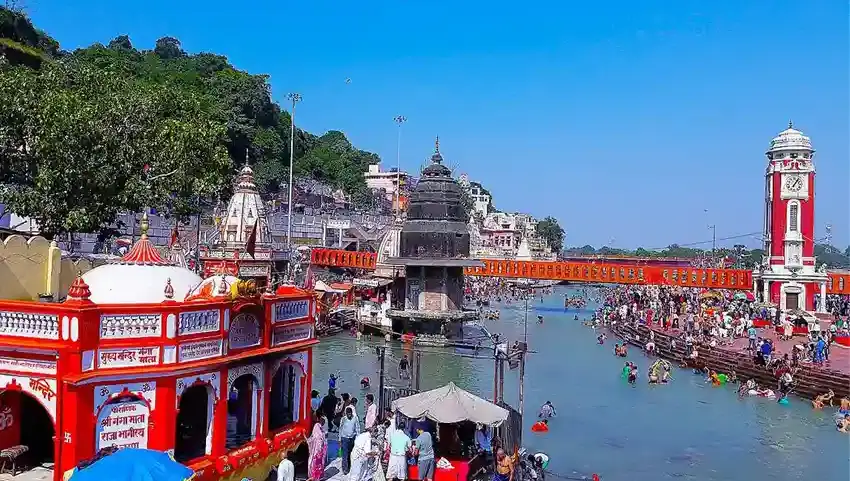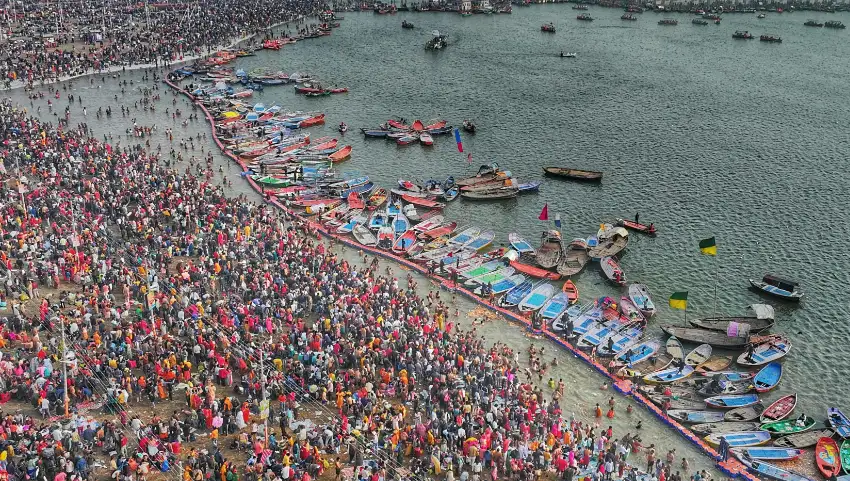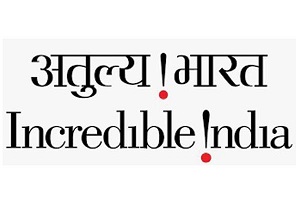
Kite Festival Celebration in India
| Makar Sankranti 2025 Date: | 14th January 2025 (Friday) |
Best Places for Kite Festival Celebration in Inida
Makar Sankranti is celebrated all across the country. Every state has its own unique way on the kind of rituals that are discussed followed -List for Best Places for Kite Festival
- 1. Tamil Nadu
- 2. Maharashtra
- 3. Gujarat
- 4. Rajasthan
- 5. Uttar Pradesh
- 6. Punjab
1. Tamil Nadu
In Tamil Nadu, the state celebrates Pongal which is their harvest festival. The name has arrived from their regional sweet “Pongal”. This is a 4days long festival and each one of these has its own distinct rituals.
The first day is Bhogi Pongal when people wear new clothes, give away old stuff and express their gratitude for new belongings. Homes are cleaned and decorated.
Surya Pongal is the second day that coincides with Makar Sankranti. The dish is prepared using the harvested rice, milk, and jaggery. It is made by a group of people to offer to deities. Kolams are made in houses using colored rice flour.
Mattu Pongal is on the third day which is all about appreciating the cattle by adorning and worshiping them. Temple processions are held here as well.
Kaanum Pongal is on the fourth day which embraces togetherness. Families reunite and get together to spend quality time with each other and celebrate the fresh harvest.
2. Maharashtra
In Maharashtra, Makar Sankrani lasts for 3 days where each one has its own distinct rituals like -
The first day is Bhogi that involves worshipping Lord Sun and flying kites.
On the second day, Sankranti is celebrated on which married women get together to exchange gifts and offer haldi-kumkum to each other.
Kinkrant is on the third day when the popular Marathi saying, “Til Gud Ghya, God God Bola”, comes from Maharashtra. It translates to, “Eat these sesame seeds and jaggery ladoos, and speak sweetly”. The very idea is to set aside differences, share sweetness and positivity in vibes.
3. Gujarat
The festival is popularly known as Uttarayan in Gujarat which literally translates to “northward directions”, as the sun travels that way. The market overflows with a plethora of colorful, attractive kites and manjhas.
Kite flying is a huge deal whenever it comes to Uttarayan. There’s an international kite festival that is held at Sabarmati Riverfront. Apart from this, delicacies like the traditional Undhiyu (made of season, winter veggies), and sweets like Chikkis (made with Jaggery, peanuts, etc.) are prepared.
One can plan a travel to Gujarat to celebrate Uttarayan in local style by choosing the Outstation Taxi in Rajasthan
4. Rajasthan
In Rajasthan, Makar Sankranti is also known as Sankrat. The festival in Rajasthan is primarily about a whole lot of delicacies and kite-flying. The married woman follows a ritual of gifting household stuff to other married women. Many local cuisines or delicacies are made during this festival like Pheeni, gajak, ghevar, pakodi, til-patti, til-ladoo, etc. The Kite Festival in Jaipur Tour is quite famous and draws travelers from across the country. Also, in Rajasthan, there’s a custom of donating warm clothes and food grains to the poor people on this day.
5. Uttar Pradesh
Makar Sankranti is referred to as Kichdi in Uttar Pradesh which involves ritual bathing in Prayagraj, Haridwar, Varanasi, etc. There’s also a kite-flying festival celebrated with great zeal. Khichdi is prepared with urad dal and rice and offered to deities. People also gift each other, wear new clothes, and indulge in relishing sweet items made of Gur.
6. Punjab
In Punjab, a day before Sankrat is Lohri celebration when people dress up in new, colorful clothes. Everyone gets together near the fire to pray, express gratitude, sing and dance to folk music. Rewari made with jaggery, peanuts, etc. are distributed among people. People also relish kheer, jaggery, sugarcane, etc. and other delicacies like khichdi. Several fairs are held at different places which also mark the beginning of a new financial year for farmers.
Cultural Significance of Makar Sankranti
The origin of Makar Sankranti traces back to Indian mythology. Many legends and stories are related to this festival. One of the stories is of Lord Surya and Shani Dev, Shani Dev is the zodiac Capricorn of Makar Lord. Legends say that the relations between Surya and Shani weren’t the most sound, yet it was on this day that Lord Surya pays a visit to Shani Dev, setting aside their differences. This signifies the silver lining of Makar Sankranti about how sweetness and good relations are unnegotiable. Another legend says that it is about Lord Vishnu. It is believed that on this day Lord Vishnu killed the asuras and buried them under the Mandara Parvat.The significance of the various rituals of this festival cannot be overstated. Be it the holy practices, food preparations or even the concept of flying kites. The spirit of this festival lies in the sweet preparations made with jaggery and sesame seeds. To celebrate this festival in India, you can plan your journey in comfortable way with us.


